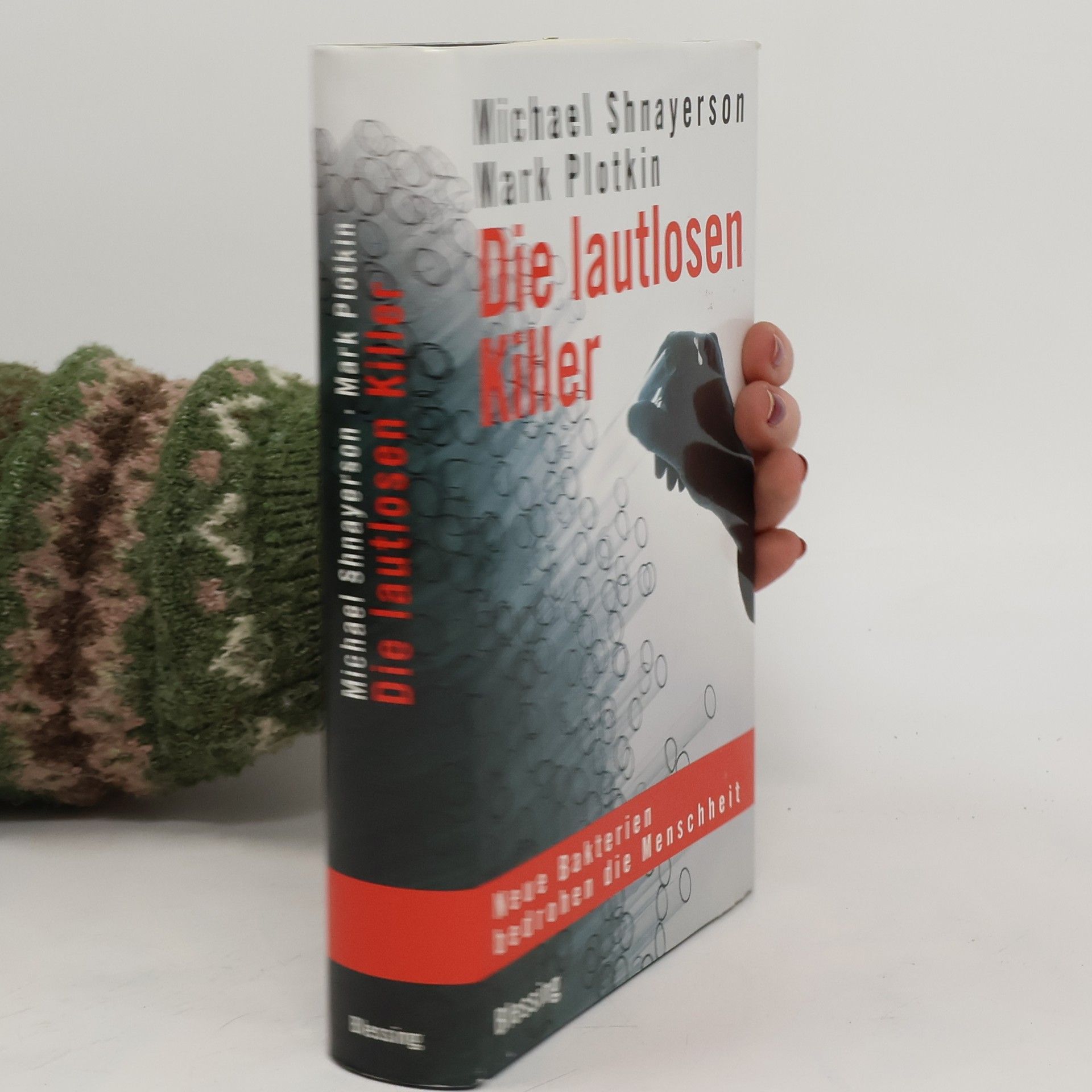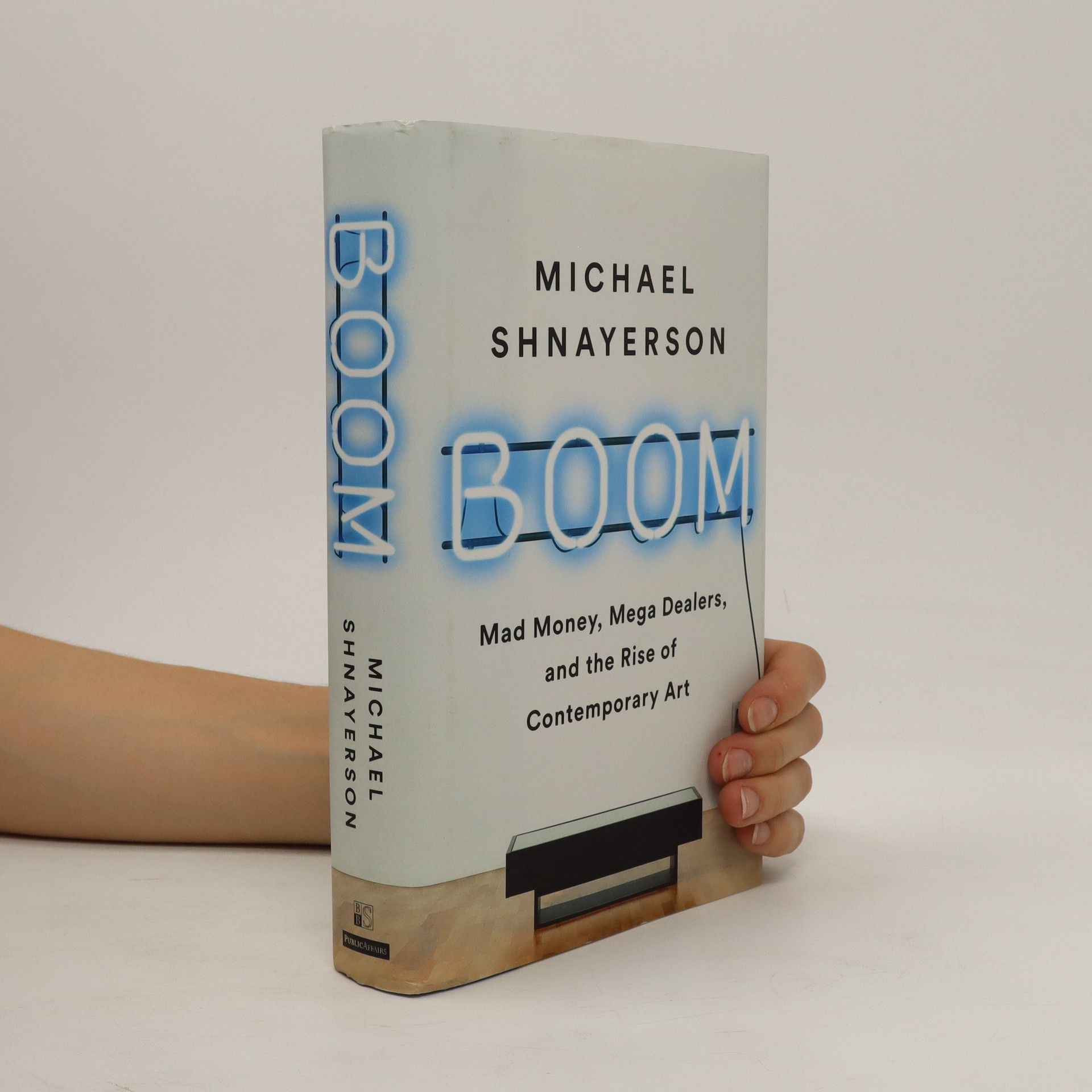Bugsy Siegel
- 248 pages
- 9 hours of reading
The story of the notorious Jewish gangster who ascended from impoverished beginnings to the glittering Las Vegas strip






The story of the notorious Jewish gangster who ascended from impoverished beginnings to the glittering Las Vegas strip
Examines the life and career of the New York attorney general and governor.
The contemporary art market is an international juggernaut, throwing off multimillion-dollar deals as wealthy buyers move from fair to fair, auction to auction, party to glittering party. But none of it would happen without the dealers-the tastemakers who back emerging artists and steer them to success, often to see them picked off by a rival.0Dealers operate within a private world of handshake agreements, negotiating for the highest commissions. Michael Shnayerson, a longtime contributing editor to Vanity Fair, writes the first ever definitive history of their activities. He has spoken to all of today's so-called mega dealers-Larry Gagosian, David Zwirner, Arne and Marc Glimcher, and Iwan Wirth-along with dozens of other dealers-from Irving Blum to Gavin Brown-who worked with the greatest artists of their times: Jackson Pollock, Andy Warhol, Cy Twombly, and more. This kaleidoscopic history begins in the mid-1940s in genteel poverty with a scattering of galleries in midtown Manhattan, takes us through the ramshackle 1950s studios of Coenties Slip, the hipster locations in SoHo and Chelsea, London's Bond Street, and across the terraces of Art Basel until today. Now, dealers and auctioneers are seeking the first billion-dollar painting. It hasn't happened yet, but they are confident they can push the price there soon
The contemporary art market is an international juggernaut, throwing off multimillion-dollar deals as wealthy buyers move from fair to fair, auction to auction, party to glittering party. But none of it would happen without the dealers-the tastemakers who back emerging artists and steer them to success, often to see them picked off by a rival. Dealers operate within a private world of handshake agreements, negotiating for the highest commissions. Michael Shnayerson, a longtime contributing editor to Vanity Fair, writes the first ever definitive history of their activities. He has spoken to all of today's so-called mega dealers-Larry Gagosian, David Zwirner, Arne and Marc Glimcher, and Iwan Wirth-along with dozens of other dealers-from Irving Blum to Gavin Brown-who worked with the greatest artists of their times: Jackson Pollock, Andy Warhol, Cy Twombly, and more. This kaleidoscopic history begins in the mid-1940s in genteel poverty with a scattering of galleries in midtown Manhattan, takes us through the ramshackle 1950s studios of Coenties Slip, the hipster locations in SoHo and Chelsea, London's Bond Street, and across the terraces of Art Basel until today. Now, dealers and auctioneers are seeking the first billion-dollar painting. It hasn't happened yet, but they are confident they can push the price there soon. -- inside jacket
Harry Belafonte is not just one of the greatest entertainers of our time; he has led one of the great American lives of the last century. Now, this extraordinary icon tells us the story of that life, giving us its full breadth, letting us share in the struggles, the tragedies, and, most of all, the inspiring triumphs. Belafonte grew up, poverty-ridden, in Harlem and Jamaica. His mother was a complex woman—caring but withdrawn, eternally angry and rarely satisfied. His father was distant and physically abusive. It was not an easy life, but it instilled in young Harry the hard-nosed toughness of the city and the resilient spirit of the Caribbean lifestyle. It also gave him the drive to make good and channel his anger into actions that were positive and life-affirming. His journey led to the U.S. Navy during World War II, where he encountered an onslaught of racism but also fell in love with the woman he eventually married. After the war he moved back to Harlem, where he drifted between odd jobs until he saw his first stage play—and found the life he wanted to lead. Theater opened up a whole new world, one that was artistic and political and made him realize that not only did he have a need to express himself, he had a lot to express. He began as an actor—and has always thought of himself as such—but was quickly spotted in a musical, began a tentative nightclub career, and soon was on a meteoric rise to become one of the world’s most popular singers. Belafonte was never content to simply be an entertainer, however. Even at enormous personal cost, he could not shy away from activism. At first it was a question of personal dignity: breaking down racial barriers that had never been broken before, achieving an enduring popularity with both white and black audiences. Then his activism broadened to a lifelong, passionate involvement at the heart of the civil rights movement and countless other political and social causes. The sections on the rise of the civil rights movement are perhaps the most moving in the book: his close friendship with Martin Luther King, Jr.; his role as a conduit between Dr. King and the Kennedys; his up-close involvement with the demonstrations and awareness of the hatred and potential violence around him; his devastation at Dr. King’s death and his continuing fight for what he believes is right. But My Song is far more than the history of a movement. It is a very personal look at the people in that movement and the world in which Belafonte has long moved. He has befriended many beloved and important figures in both entertainment and politics—Paul Robeson, Eleanor Roosevelt, Sidney Poitier, John F. Kennedy, Marlon Brando, Robert Kennedy, Nelson Mandela, Fidel Castro, Tony Bennett, Bill Clinton—and writes about them with the same exceptional candor with which he reveals himself on every page. This is a book that pulls no punches, and turns both a loving and critical eye on our country’s cultural past. As both an artist and an activist, Belafonte has touched countless lives. With My Song, he has found yet another way to entertain and inspire us. It is an electrifying memoir from a remarkable man. From the Hardcover edition.
Gefahren für die Gesundheit, die in Slums afrikanischer oder indischer Städte lauern, sind bekannt. Dass aber Gefahr in Krankenhauszimmern droht, darüber wird nur wenig berichtet. Die Pharmaindustrie hält sich bedeckt, da sie in ihren Maßnahmen gegen diese neue Bedrohung nur geringe Erfolge vorweisen kann. Immer häufiger werden mehrfachresistente Bakterien entdeckt, die als die berüchtigten "Krankenhauskeime" hartnäckig jeder Bekämpfung trotzen und bei seuchenartigen Ausbrüchen vor allem in Intensivstationen, aber auch in angeblich sterilen Abteilungen von Krankenhäusern, immer mehr Todesopfer fordern: vor allem unter immungeschwächten Patienten, frisch Operierten, alten Menschen, Säuglingen und Kleinkindern. Letztlich verantwortlich für diese bedrohliche Entwicklung ist der Mensch selbst: durch den hemmungslosen und missbräuchlichen Einsatz von Antibiotika. Die Schuldigen werden benannt: fordernde Patienten, Ärzte, die Medikamente voreilig verschreiben, eine Agrar- und Futtermittelindustrie, die diese als Wachstumstförderer in der Tiermast einsetzt, und schließlich eine Pharmaindustrie, die durch intensive Lobbyarbeit ein Verbot des Missbrauchs mit allen Mitteln zu verhindern trachtet. Anschaulich und beklemmend schreiben die Autoren über den Vormarsch der todbringenden Keime, denen die Menschheit (noch) schutzlos ausgeliefert ist.